Energy Efficiency Regulations
The increasing emphasis on energy efficiency regulations is a primary driver for the Building Insulation Material Market. Governments worldwide are implementing stringent building codes aimed at reducing energy consumption in residential and commercial structures. For instance, the International Energy Agency has reported that buildings account for nearly 40% of total energy use. As a result, the demand for high-performance insulation materials is surging, as they play a crucial role in enhancing energy efficiency. This trend is likely to continue, with many countries setting ambitious targets for energy reduction, thereby propelling the growth of the insulation market. The Building Insulation Material Market is thus positioned to benefit from these regulatory frameworks, as builders and developers seek compliant materials that meet or exceed these energy standards.
Rising Construction Activities
The resurgence of construction activities across various sectors is significantly influencing the Building Insulation Material Market. With urbanization and population growth, there is a marked increase in the demand for residential, commercial, and industrial buildings. According to recent data, construction spending has seen a steady rise, with estimates suggesting a growth rate of approximately 5% annually. This uptick in construction not only necessitates the use of insulation materials for energy efficiency but also for soundproofing and fire resistance. Consequently, manufacturers are expanding their product lines to cater to this growing demand. The Building Insulation Material Market is thus poised for expansion, driven by the need for innovative insulation solutions that meet the evolving requirements of modern construction.
Awareness of Environmental Impact
There is a growing awareness of the environmental impact of construction materials, which is driving the Building Insulation Material Market. Consumers and builders alike are increasingly prioritizing sustainable and eco-friendly insulation options. This shift is reflected in the rising demand for materials such as cellulose, sheep wool, and recycled products, which are perceived as more environmentally responsible. Market data indicates that the green building materials segment is expected to grow at a compound annual growth rate of over 10% in the coming years. As sustainability becomes a key consideration in building design, the insulation market is likely to see a corresponding increase in the adoption of environmentally friendly materials. The Building Insulation Material Market must adapt to these changing preferences to remain competitive.
Technological Advancements in Insulation
Technological advancements in insulation materials are reshaping the Building Insulation Material Market. Innovations such as aerogel, vacuum insulation panels, and phase change materials are enhancing the performance characteristics of insulation products. These technologies offer superior thermal resistance and energy efficiency, which are increasingly demanded by consumers and builders. The market for advanced insulation materials is projected to grow significantly, with estimates suggesting a potential increase of 8% annually. As manufacturers invest in research and development to create more effective insulation solutions, the Building Insulation Material Market is likely to experience a transformation, characterized by the introduction of high-tech products that meet the rigorous demands of modern construction.
Government Incentives for Energy Efficiency
Government incentives aimed at promoting energy efficiency are a crucial driver for the Building Insulation Material Market. Various initiatives, such as tax credits, rebates, and grants, are being offered to encourage the adoption of energy-efficient building practices. These incentives not only lower the upfront costs associated with insulation materials but also enhance the long-term savings on energy bills for consumers. Recent reports indicate that regions implementing such programs have witnessed a notable increase in the installation of insulation products. As these government initiatives continue to evolve, they are likely to stimulate further growth in the Building Insulation Material Market, as more stakeholders recognize the financial and environmental benefits of energy-efficient insulation solutions.
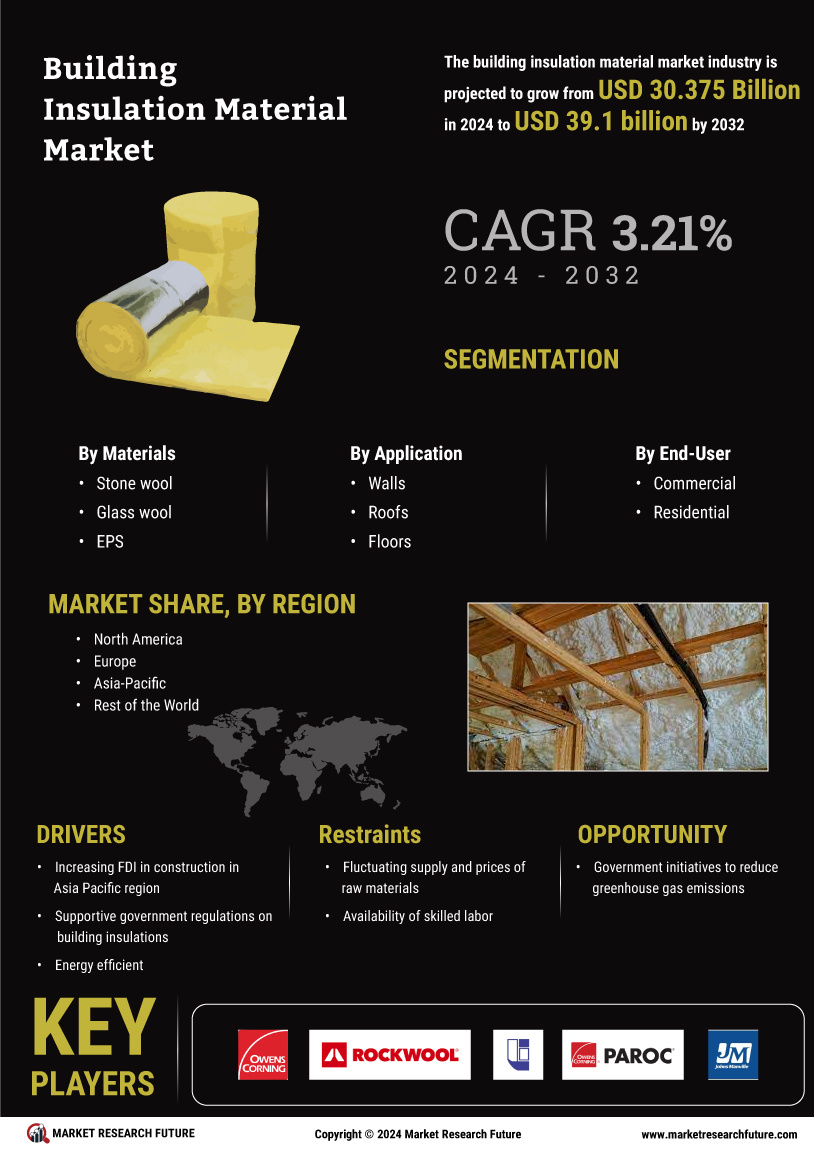

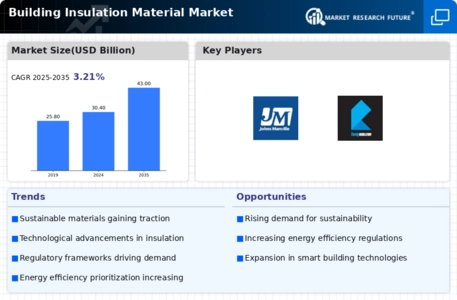
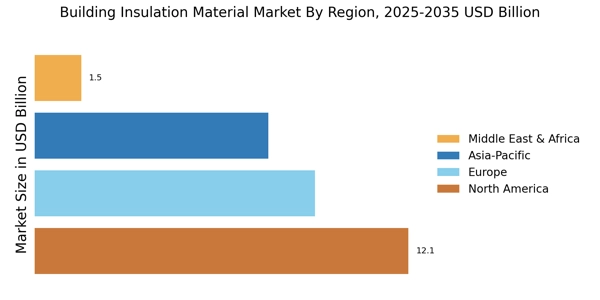
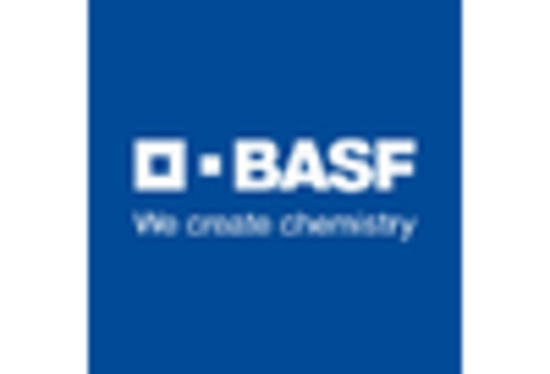
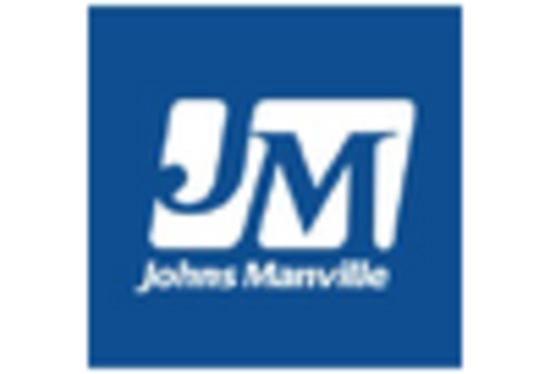
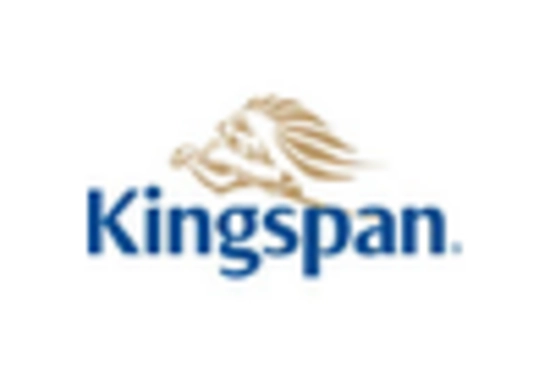
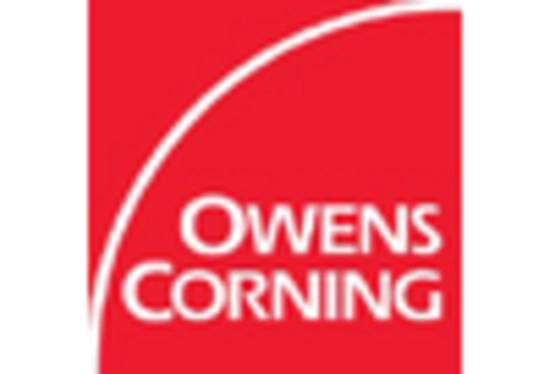
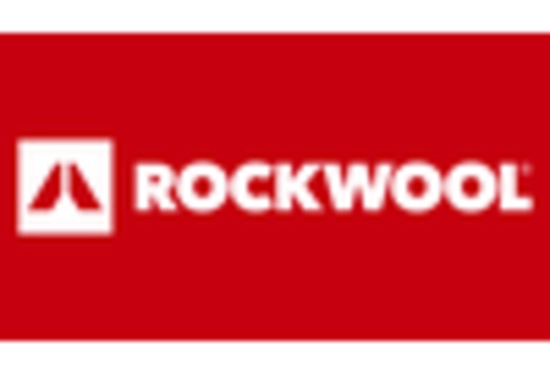
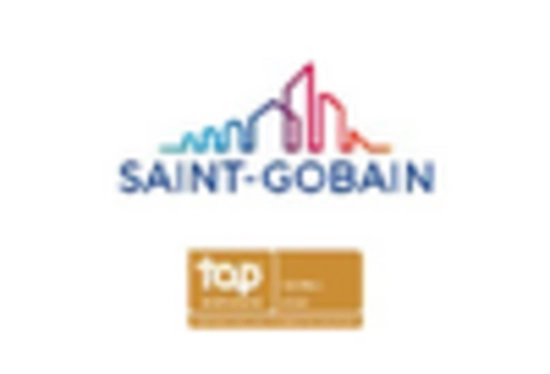








Leave a Comment